Apple's iPhone 14 is here, but on the surface it's a tough compare to the iPhone 13. Here's what's different and if it's good enough for an upgrade.
Apple's annual fall ritual has resulted, once again, in the launch of new iPhones. The iPhone 14 and iPhone 14 Plus are the latest flagship smartphones from the company and represent the more conventional smartphone experience alongside the significant upgrades of the iPhone 14 Pro range.
The problem for 2022 is that there is more of a distinct difference between the tiers than usual.
The Pro models tend to get newer features first, but there's usually an annual improvement for the non-Pro versions as well. The standard models don't seem to have undergone that treatment this time.
While typically, a comparison of the new models with the previous iPhone 13 and iPhone 13 mini generation will highlight many of the changes Apple made, there's not as many brand new elements as you would expect to deal with this time around.
Except for a physical size change in one area, it may seem that the inter-generational comparison this year could be the closest.
Specifications
| Specifications | iPhone 14 | iPhone 14 Plus | iPhone 13 | iPhone 13 mini |
|---|---|---|---|---|
| Price (starting) | $799 | $899 | $699 | $599 |
| Dimensions (inches) | 5.78 x 2.82 x 0.31 | 6.33 x 3.07 x 0.31 | 5.78 x 2.82 x 0.30 | 5.18 x 2.53 x 0.30 |
| Weight (ounces) | 6.07 | 7.16 | 6.14 | 4.97 |
| Processor | A15 Bionic 5-core GPU | A15 Bionic 5-core GPU | A15 Bionic 4-core GPU | A15 Bionic 4-core GPU |
| Storage | 128GB, 256GB, 512GB | 128GB, 256GB, 512GB | 128GB, 256GB, 512GB | 128GB, 256GB, 512GB |
| Display type | 6.1-inch Super Retina XDR | 6.7-inch Super Retina XDR | 6.1-inch Super Retina XDR | 5.4-inch Super Retina XDR |
| Resolution | 2,532 x 1,170 at 460ppi | 2,778 x 1,284 at 458ppi | 2,532 x 1,170 at 460ppi | 2,340 x 1,080 at 476ppi |
| True Tone | Yes | Yes | Yes | Yes |
| Biometrics | Face ID | Face ID | Face ID | Face ID |
| Connectivity | 5G (Sub-6GHz and mmWave) Gigabit-class LTE Wi-Fi 6 Bluetooth 5.3 Ultra Wideband Emergency SOS via Satellite | 5G (Sub-6GHz and mmWave) Gigabit-class LTE Wi-Fi 6 Bluetooth 5.3 Ultra Wideband Emergency SOS via Satellite | 5G (Sub-6GHz and mmWave) Gigabit-class LTE Wi-Fi 6 Bluetooth 5.0 Ultra Wideband | 5G (Sub-6GHz and mmWave) Gigabit-class LTE Wi-Fi 6 Bluetooth 5.0 Ultra Wideband |
| Rear Cameras | 12MP Ultra Wide 12MP Wide | 12MP Ultra Wide 12MP Wide | 12MP Ultra Wide 12MP Wide | 12MP Ultra Wide 12MP Wide |
| Video | 4K 60fps, 4K 60fps HDR with Dolby Vision, 1080p 240fps Slo-Mo Sensor-shift optical image stabilization Action Mode | 4K 60fps, 4K 60fps HDR with Dolby Vision, 1080p 240fps Slo-Mo Sensor-shift optical image stabilization Action Mode | 4K 60fps, 4K 60fps HDR with Dolby Vision, 1080p 240fps Slo-Mo Sensor-shift optical image stabilization | 4K 60fps, 4K 60fps HDR with Dolby Vision, 1080p 240fps Slo-Mo Sensor-shift optical image stabilization |
| Front Camera | 12MP TrueDepth Autofocus | 12MP TrueDepth Autofocus | 12MP TrueDepth | 12MP TrueDepth |
| Battery Size (Video playback time) | Up to 20 hours | Up to 26 hours | Up to 19 hours | Up to 17 hours |
| Colors | Midnight, Starlight, Blue, Purple, (Product)Red | Midnight, Starlight, Blue, Purple, (Product)Red | Midnight, Starlight, Pink, Blue, Green, (Product)Red | Midnight, Starlight, Pink, Blue, Green, (Product)Red |
iPhone 14 vs iPhone 13 - Physical Dimensions
In 2021, Apple's iPhone 13 range offered two distinct device sizes, with a standard model accompanied by a "mini" version. For 2022, while the standard size remains, the mini has been replaced by a "Plus," a much larger device.
This changes the paradigm in a few ways, as instead of a standard and a smaller model, it's a standard and a bigger model. The change also brings the standard iPhone range in line with the Pro models, which consistently offer standard and Max sizes.
The revival of the "Plus" term may seem like an odd change, given the use of "Max" in the Pro models for an identically-sized device. It does make some marketing sense because it cannot be confused with its Pro Max counterpart.
The iPhone 13 measured 5.7 inches in height, 2.82 inches wide, and 0.3 inches deep. The iPhone 13 mini was 5.18 inches tall and 2.53 inches wide, and an identical 0.30 inches deep.
The iPhone 14 has the same dimensions, except it's a little thicker at 0.31 inches. The iPhone 14 Plus is a much bigger device at 6.33 inches by 3.07 inches, and again, 0.31 inches thick.
The weight is also different, largely thanks to the mini-Plus change. The iPhone 13 and iPhone 13 mini weighed 6.14 ounces and 4.97 ounces, respectively.
The iPhone 14 is slightly lighter at 6.07 ounces, but the Plus is heavier at 7.16 ounces.
The construction hasn't undergone significant changes between generations. The iPhone 13 uses a glass back design with an edge-to-edge display, thin bezels, a notch, and a camera bump in the top right corner on the back, and you're getting the same thing in the iPhone 14.
iPhone 14 vs iPhone 13 - Displays
Since there is a difference in overall size, you would expect a difference in the displays, and you would be quite right.
The iPhone 13 uses a Super Retina XDR display measuring 6.1 inches and 5.4 inches on the mini. These OLED panels have a potential contrast ratio of 2,000,000:1, HDR support, 800 nits of maximum brightness for standard content, and 1,200 nits for HDR.
There's also True Tone, Wide Color (P3) support, and Haptic Touch in the 2021 models.
For the iPhone 14, this is practically unchanged, but the iPhone 14 Plus has a bigger display, at 6.7 inches.
On resolution, the standard iPhone 13 is 2,532 by 1,170 pixels, with a pixel density of 460ppi. With a slightly lower resolution of 2,340 by 1,080 and a smaller screen overall, the mini manages a better pixel density of 476ppi.
The iPhone 14 has the same resolution and pixel density. Again, the Plus goes large at 2,778 by 1,284 pixels. The pixel density does dip slightly to 458ppi, but that's minimal given the high levels we're dealing with here.
At the top of the iPhone 13 is the infamous notch, a gap to allow the TrueDepth camera array to function. This eats into the display a little bit, but it has shrunk over time.
The notch is back in the iPhone 14 range since it doesn't benefit from the massively updated design included in the iPhone 14 Pro range.
It's not a deal-breaker, but a little bit annoying to know that this could've changed but wasn't.
iPhone 14 vs iPhone 13 - Cameras
The rear of the iPhone 13 and iPhone 13 mini has a camera bump holding two cameras and a TrueTone flash.
The iPhone 13 pair have the traditional 12-megapixel sensors, a Wide camera equipped with an f/1.6 aperture, and an Ultra Wide with an f/2.4 aperture. Overall, this provides a 2x optical zoom out and a 5x digital zoom in.
Apple also included features such as Sensor Shift optical image stabilization in the iPhone 13, along with Night Mode, Deep Fusion computational photography improvements, Portrait mode, Portrait Lighting with six effects, Smart HDR 4 for photos, and Photographic Styles.
The pattern is somewhat the same for the iPhone 14 pair, with a few changes. The main Wide camera has an f/1.5 aperture, while the Ultra Wide remains at f/2.4.
Apple has made a change here to include a larger sensor, which uses 1.9-micron pixels. This change will help the iPhone 14's sensor collect more light giving it a 49% improvement in low-light photography overall.
Then there are changes to computational photography, with Apple changing the point in processing an image where Deep Fusion steps in far earlier than before. Branded as the "Photonic Engine," this helps low-light performance and adjusts how the iPhone renders color.
The video capabilities of the iPhone 13's cameras extended to 4K video at up to 60fps, HDR video with Dolby Vision at 4K 60fps, and 1080p 240fps Slo-mo video. A Cinematic Mode allowed for a computational shallow depth of field at 1080p 30fps, while sound features included Audio Zoom and Stereo recording.
There's not much difference at first blush in the iPhone 14, but some nice alterations are at play. Cinematic Mode now goes up to 4K HDR at 30fps, but more important is Action Mode.
Effectively a very enhanced image stabilization feature, Action Mode uses the entire sensor when recording video to cut down on major shakes, motion, and vibrations. Think of it as providing the same benefit as attaching the iPhone to a gimbal, except without needing the accessory.
Around the front of the iPhone 13, the TrueDepth camera included a 12-megapixel sensor with an f/2.2 aperture, which could support 4K video at 60fps and HDR, Cinematic Mode at 1080p 30fps, and 1080p 120fps Slo-Mo. The camera also included support for Smart HDR 4 for photos, Portrait Mode with Portrait Lighting, Night Mode, Deep Fusion, Animoji, and Memoji.
For the iPhone 14, the TrueDepth has been updated with an f/1.9 aperture, which improves low-light performance. There's also autofocus with focus pixels introduced, along with the improvement of Cinematic Mode to 4K HDR 30fps and the Photonic Engine change.
iPhone 14 vs iPhone 13 - Processing Performance
Generally at this point, we would discuss the significant changes in the chip used by Apple in the latest model. With each generation, Apple has steadily increased the number of the SoC's name, and given it a considerable boost.
This time around, there's not as much change as expected.
Instead of going from the A15 Bionic in the iPhone 13 and mini to the A16, only the iPhone 14 Pro models benefit from the new chip. The iPhone 13 tier is still using the A15 Bionic.
That means you're getting the same 6-core CPU with two performance and four efficiency cores and the 16-core Neural Engine.
However, confusingly, it's not the same A15 chip. Apple has included the same configuration of the A15 as it used in the iPhone 13 Pro, namely, it uses all five GPU cores instead of disabling one of them.
This doesn't sound like it'll be that much of a benefit, but an exploratory look at benchmarks for the iPhone 13 Pro suggests otherwise.
Geekbench 5 says the iPhone 13 managed 1,692 for the single-core and 4,498 for the multi-core tests, while the Pro managed a bit more at 1,707 and 4,659, respectively. More importantly, the Metal score went from 11,233 in the non-Pro to 14,255 in the Pro.
Running the Geekbench GPU Compute benchmark, that additional GPU score managed a considerable boost. The iPhone 13 scored 10,580 while the iPhone 14 pulled 12,909.
There were rumors that Apple would boost the memory of the iPhone 14 to 6GB from 4GB in the iPhone 13, which could again be a good move if confirmed.
More memory doesn't necessarily translate into more speed, though. It does mean there will be more memory available for apps to use, which could benefit users who use a wide variety of apps that perform activities in the background.
Ultimately, we won't know the actual lay of the land until Apple ships units. But for now, Apple's decision is equal parts promising and disappointing.
iPhone 14 vs iPhone 13 - Connectivity
On cellular communications, Apple included 5G's sub-6GHz and mmWave support in the iPhone 13, along with 4x4 MIMO, Gigabit LTE, and VoLTE. There isn't much change here regarding the iPhone 14, as the specifications here are identical.
For local connectivity, Apple included Wi-Fi 6 support with MIMO in the iPhone 13, accompanied by its usual Bluetooth 5.0 support, though there's Bluetooth 5.3 in the iPhone 14. Ultra Wideband support is also present across all models, providing it with more spatial awareness and assisting with searches using the Find My network.
GPS, GLONASS, Galileo, QZSS, and BeiDou support for navigation, as well as NFC with reader mode, rounds out the iPhone 13 wireless connectivity list. The iPhone is the same but has another satellite trick up its sleeve.
A new feature, Emergency SOS via Satellite, will allow you to send a message from your iPhone 14 via a satellite. Intended for areas with no cellular service in the U.S. and Canada, the messages take less than 15 seconds to transmit.
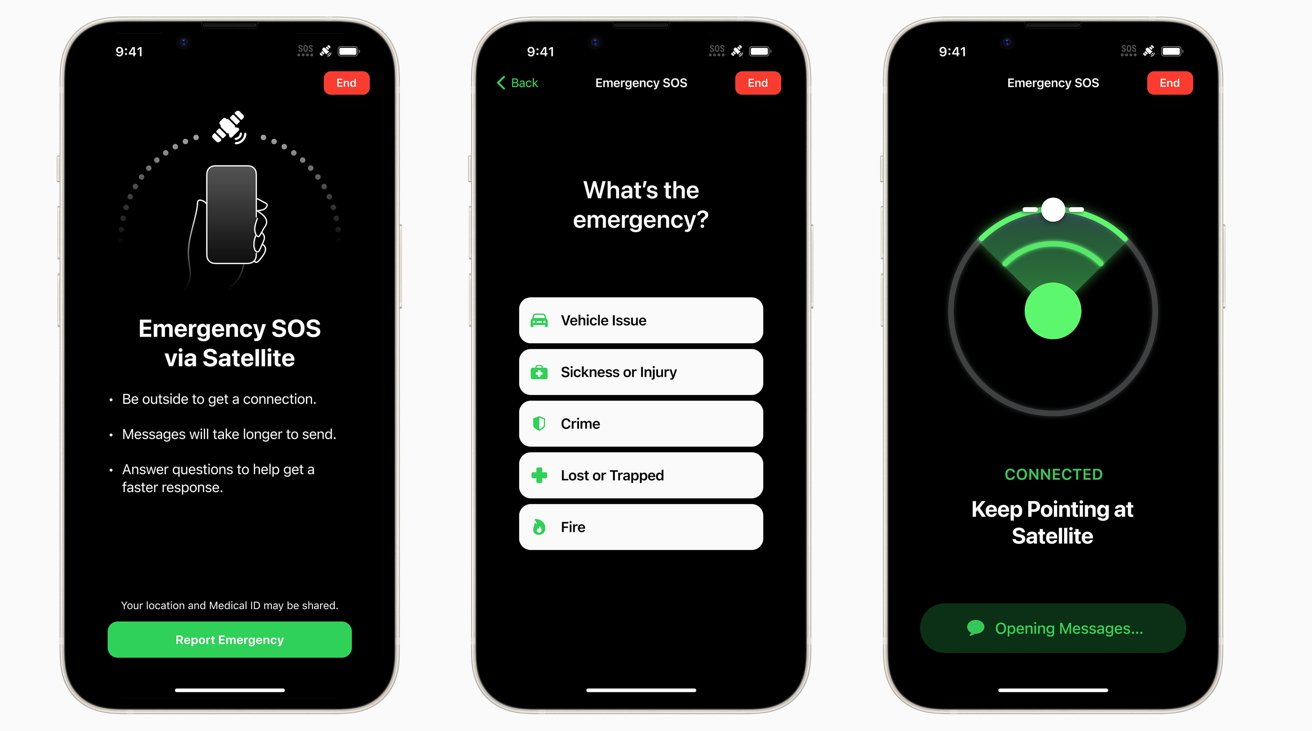 If you get in trouble in a no-signal area in the U.S., you can send a message to get help via satellite.
If you get in trouble in a no-signal area in the U.S., you can send a message to get help via satellite. Messages will be received by an Apple-controlled relay center, which will pass the message to emergency services as a phone call.
This is an excellent feature if you break your leg in the middle of a desert, though not in everyday life for most other users. Luckily, the feature will be free for two years on purchasing an iPhone 14, so there's no extra bill to pay if you desperately need it.
For physical connectivity, Apple continues to use its Lightning port on the base of the iPhone. While vendors like Apple are pressured by regulators into adopting USB-C as a standard, Apple hasn't made the jump just yet in the iPhone 14.
iPhone 14 vs iPhone 13 - Power and Battery
Apple prices itself on offering considerably long battery life in its flagship model, and that tradition continues for the iPhone 14.
For the iPhone 13, Apple claimed it could last for up to 19 hours of local video playback, 17 for the mini, and up to 15 hours of streamed video playback, up to 13 on the mini. On audio playback, you could get up to 75 hours on the iPhone 13 and up to 55 hours on the mini.
According to Apple, the iPhone 14 can manage up to 20 hours of local video playback, up to 16 hours streamed, and up to 80 hours of audio playback. The Plus manages a massive 26 hours of local video, 20 hours of video streaming, and 100 hours of audio.
To recharge the built-in lithium-ion battery, you have the choice of plugging a cable to the lightning port or wireless charging, either through Qi or MagSafe.
Charging by Lightning also offered fast-charging capabilities, with up to 50% charge achieved in the iPhone 13 and mini after just 30 minutes when connected to a 20W or higher power adapter. The iPhone 14 manages the same trick, though the iPhone 14 Plus does need 35 minutes to reach 50%.
iPhone 14 vs iPhone 13 - Other Features
Along with the typical dual SIM support that it has offered over the years, Apple added dual eSIM support in the iPhone 13 generation. For the iPhone 14 in the U.S., Apple is instead switching to an eSIM-only approach, eliminating the SIM tray.
Other territories will continue to be able to use physical SIMs as usual.
The IP68 rating of the iPhone 13 and mini made them very dust and water-resistant, capable of surviving at a maximum water depth of 6 meters (19.7 feet) for up to 30 minutes. Apple says there's no change for the iPhone 14.
The iPhone 14 has Crash Detection, a feature that uses various sensors to detect if the user is involved in a car accident and to call emergency services if there's no response in the aftermath. The detection uses elements such as barometric changes caused by airbag deployment, sound level changes, sudden changes in direction, and shifts in speed.
iPhone 14 vs iPhone 13 - Capacity, Color, and Pricing
Apple sells the iPhone 13 in three capacities, with the 128GB base model priced at $699, rising to $799 for 256GB, and $999 for 512GB of storage. It received a price cut of $100 after introducing the iPhone 14.
The iPhone 13 mini is similarly staged but $100 cheaper overall than the iPhone 13. This results in the 128GB model costing $599, the 256GB for $699, and the 512GB capacity option priced at $899. Again, the iPhone 13 mini has been discounted by $100 from its initial price due to the iPhone 14's launch.
The iPhone 14 borrows the pricing and capacity structure as the iPhone 13's launch, at 128GB for $799, 256GB for $899, and 512GB for $1,099.
The iPhone 14 Plus adds a $100 premium to the iPhone 14's pricing, at $899, $999, and $1,199, respectively.
The initial release wave for the iPhone 13 and mini consisted of five color options: Midnight, Starlight, Pink, Blue, and (Product)Red. Green was added as a later alternative.
The iPhone 14 and Plus are offered in five colors: Midnight, Starlight, Blue, Purple, and (Product)Red.
iPhone 14 vs iPhone 13 - Should you upgrade?
In 2021, we said that the iPhone 13 and iPhone 13 mini were "more muted updates than in past years," providing little beyond a smaller notch, upgraded cameras, and software changes. For the iPhone 14, we're in a somewhat more constrained situation.
There are very few changes in the iPhone 13 to iPhone 14, and it probably isn't an upgrade for most iPhone 13 owners. An extra GPU core is nice, along with slightly better cameras, but you're not going to get your money's worth if you're shifting from year-ago hardware.
Upgrading to a marginally better version of the same chip generation is a bold strategy that industry observers will notice, but the general public may not necessarily notice.
The argument is a little different regarding the iPhone 14 Plus, as it offers a much bigger screen and working space to play with. This upgrade could be helpful for people who want the larger size without shelling out for the Pro model equivalent.
But even then, if you're paying for more screen, you may be tempted to pay a little more to get more substantial improvements, which have all been piled into the Pro range without significantly affecting the non-Pro pair.
It's safe to call the iPhone 14 and iPhone 14 Plus a specification bump upgrade rather than a major overhaul, as the Pro models offer. It provides very little incentive to potential upgraders from the iPhone 13 and maybe even the iPhone 12.
There's even the argument for those upgrading from very old iPhone models to go for the iPhone 13 and to save $100 in the process. There's surprisingly little to sway customers to the iPhone 14 over the now-budget-friendlier iPhone 13.
The iPhone 14 isn't for bargain hunters or those wanting bleeding-edge performance from their smartphone. Even so, it's still the best non-Pro iPhone Apple sells, but not by much.
Where to buy the iPhone 14 line
Wireless carriers are offering incentives on Apple's iPhone 14 lineup. You can check out the latest iPhone deals at:
 Malcolm Owen
Malcolm Owen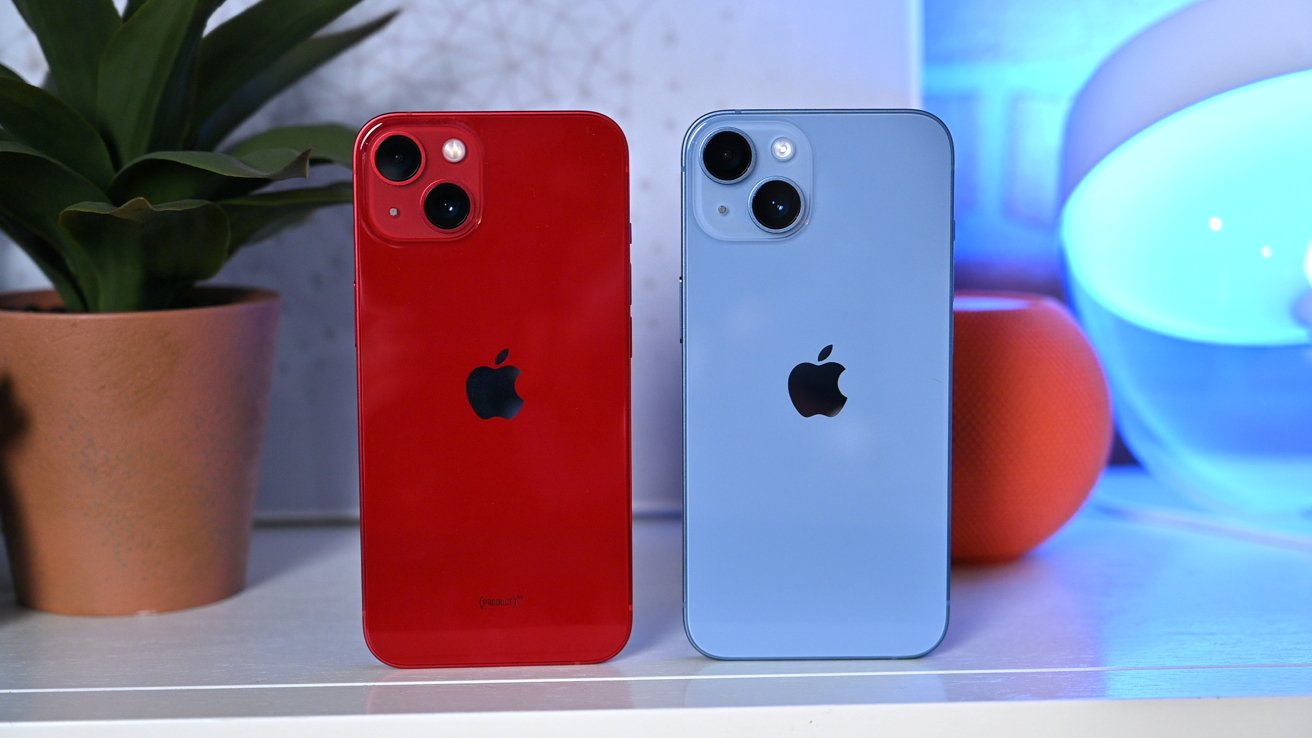
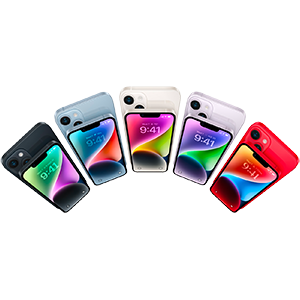
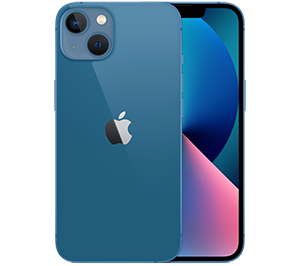
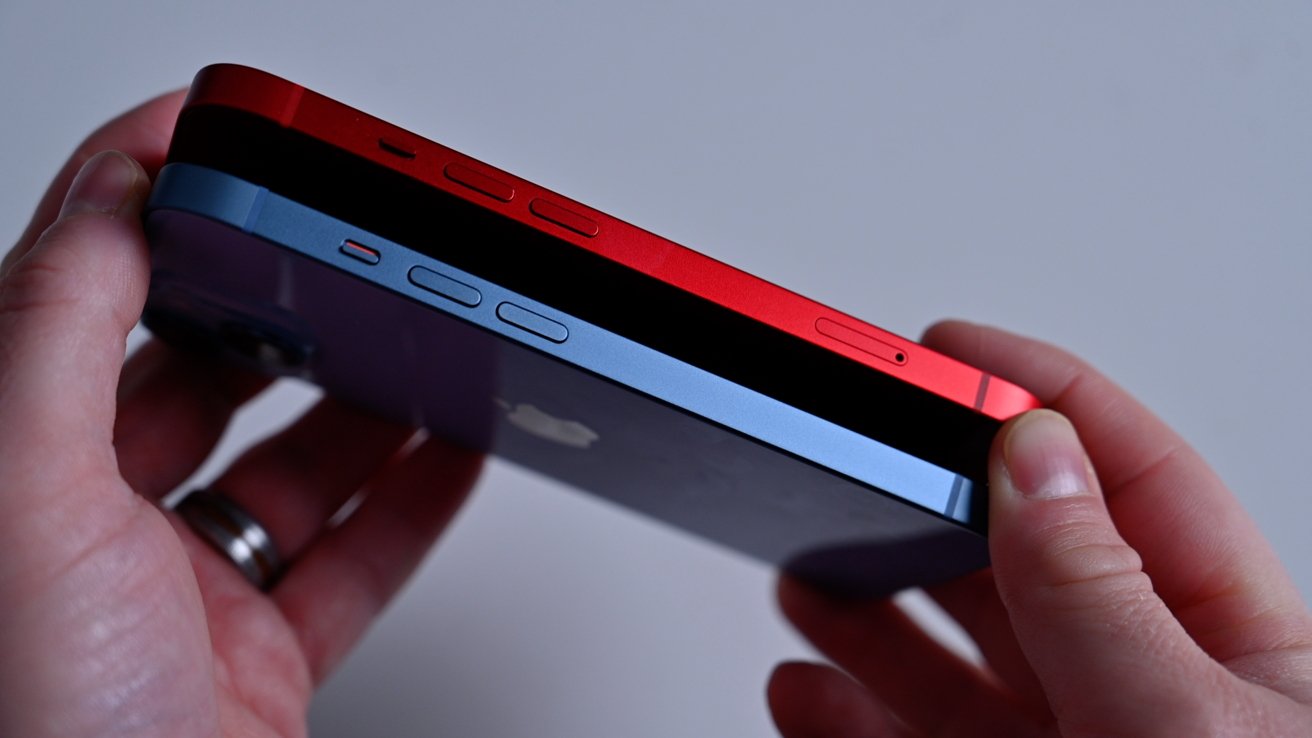
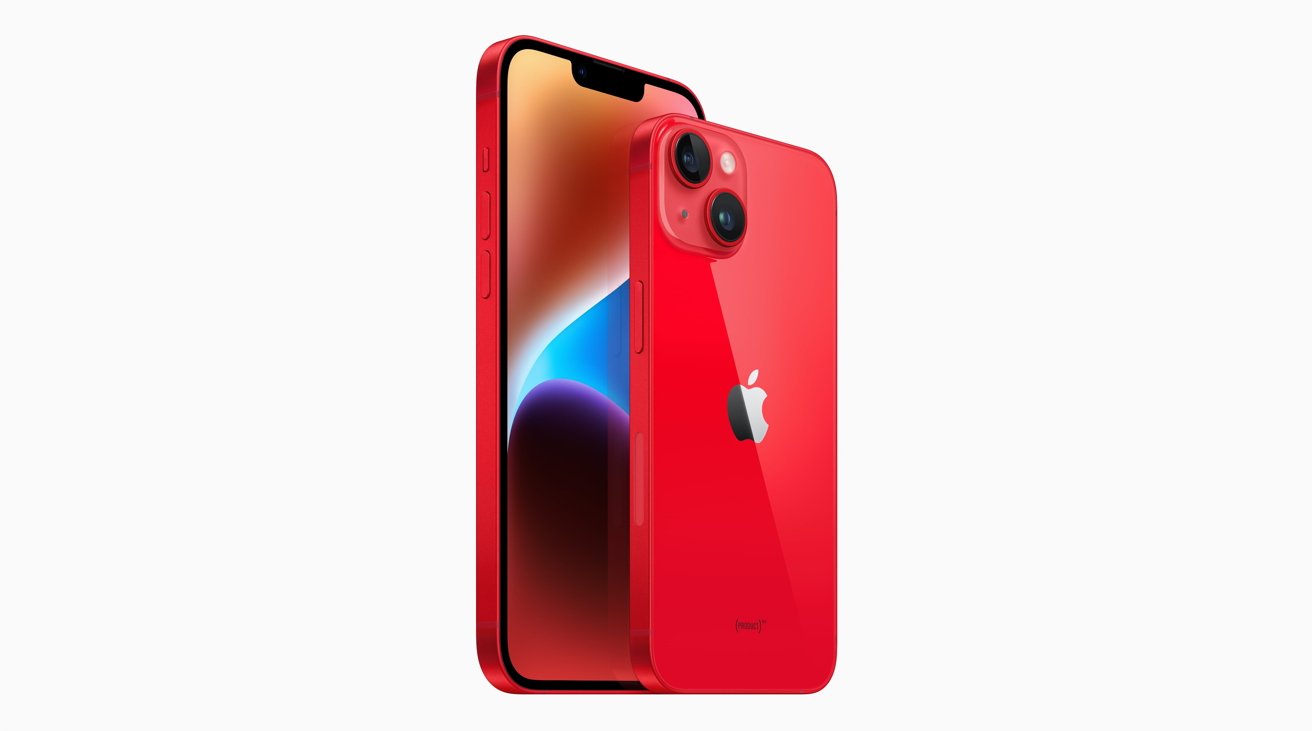
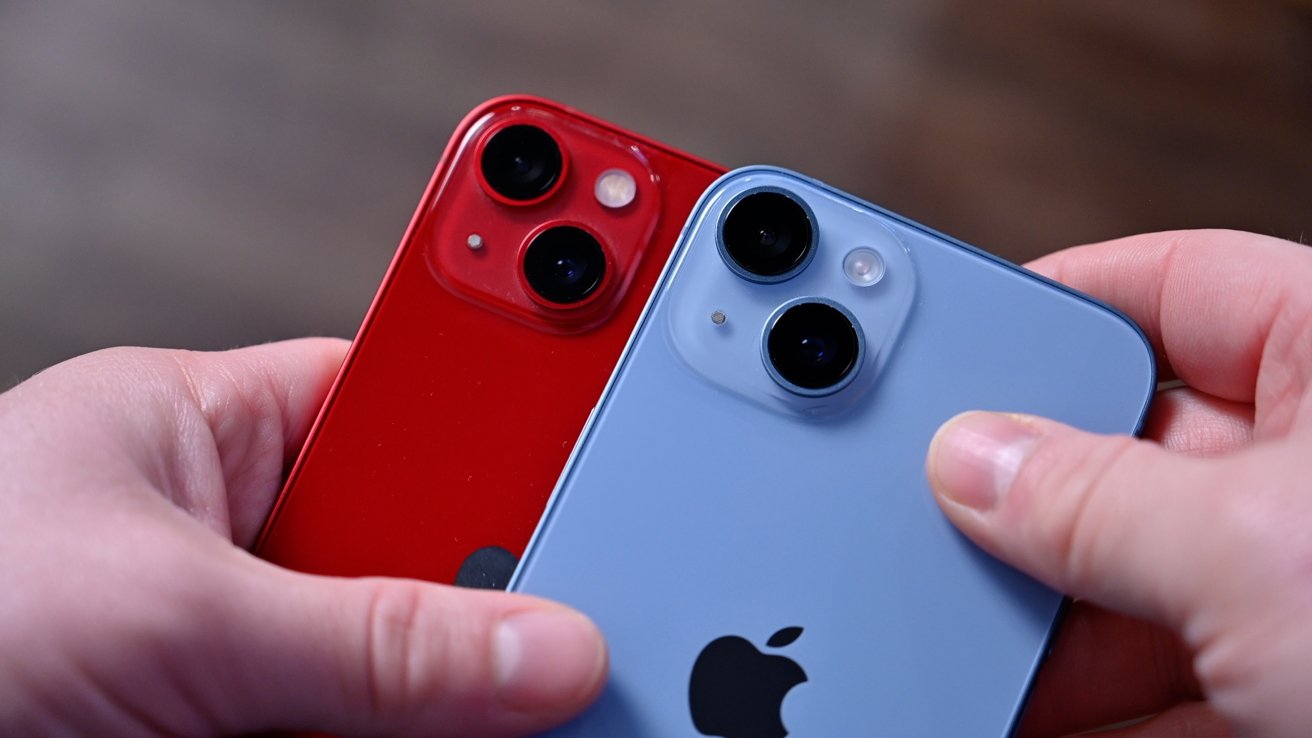
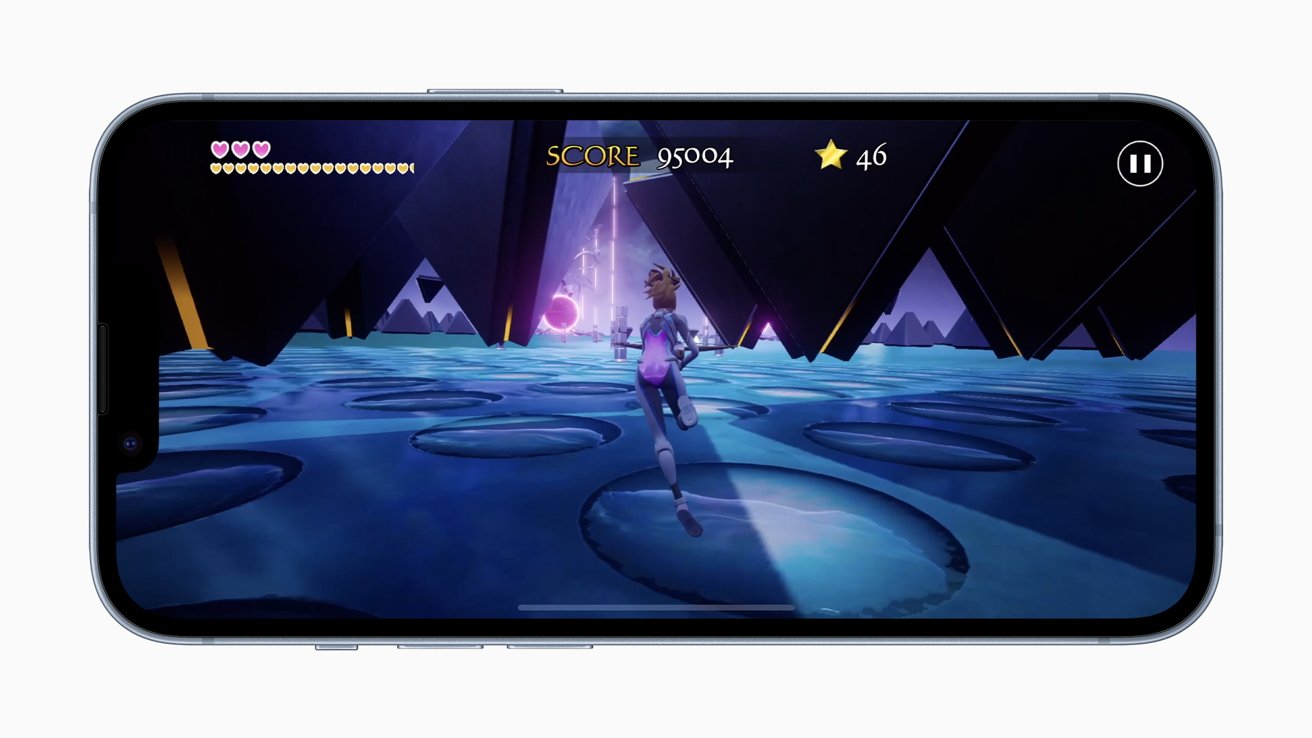
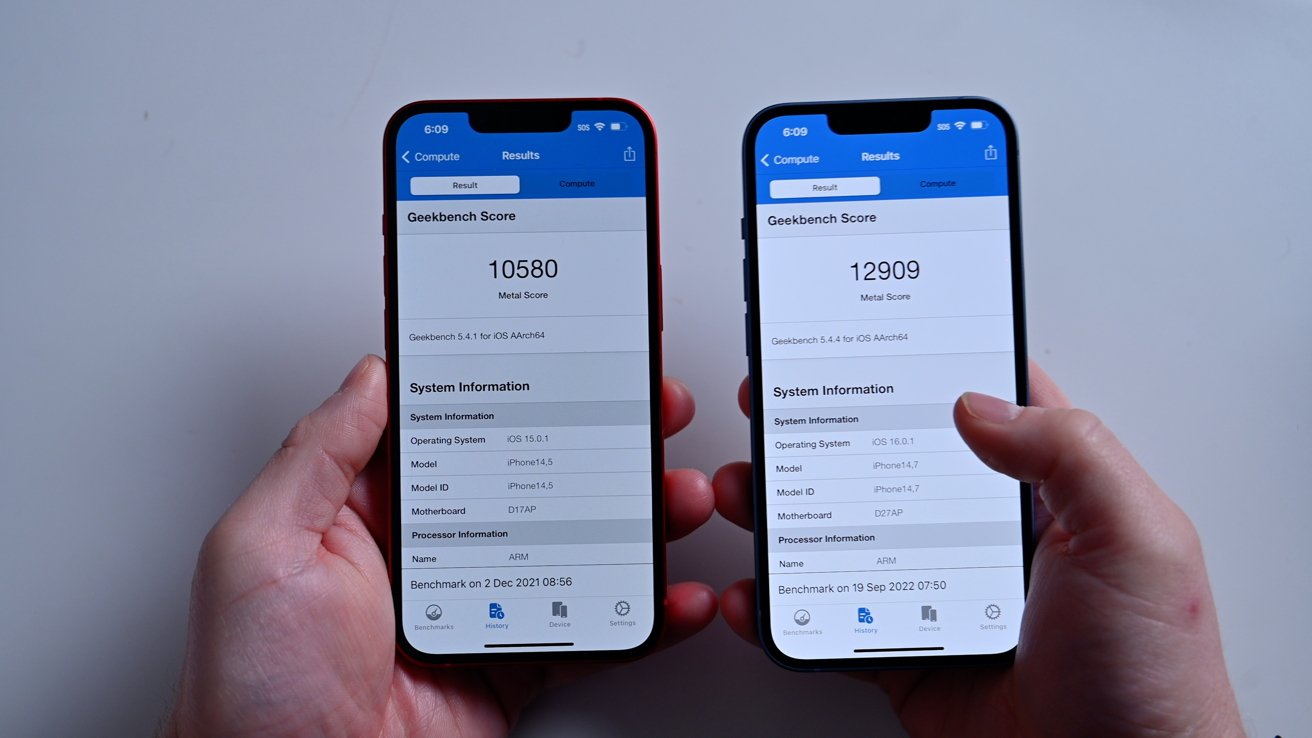
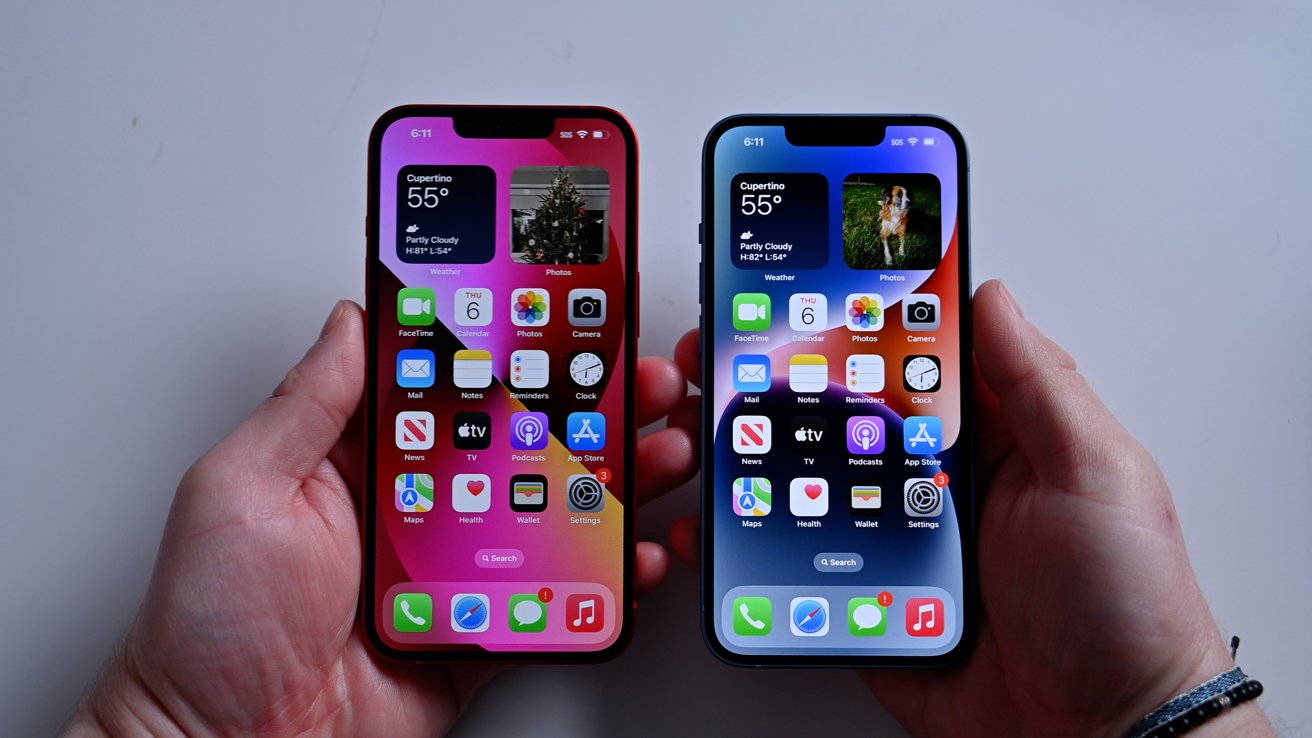
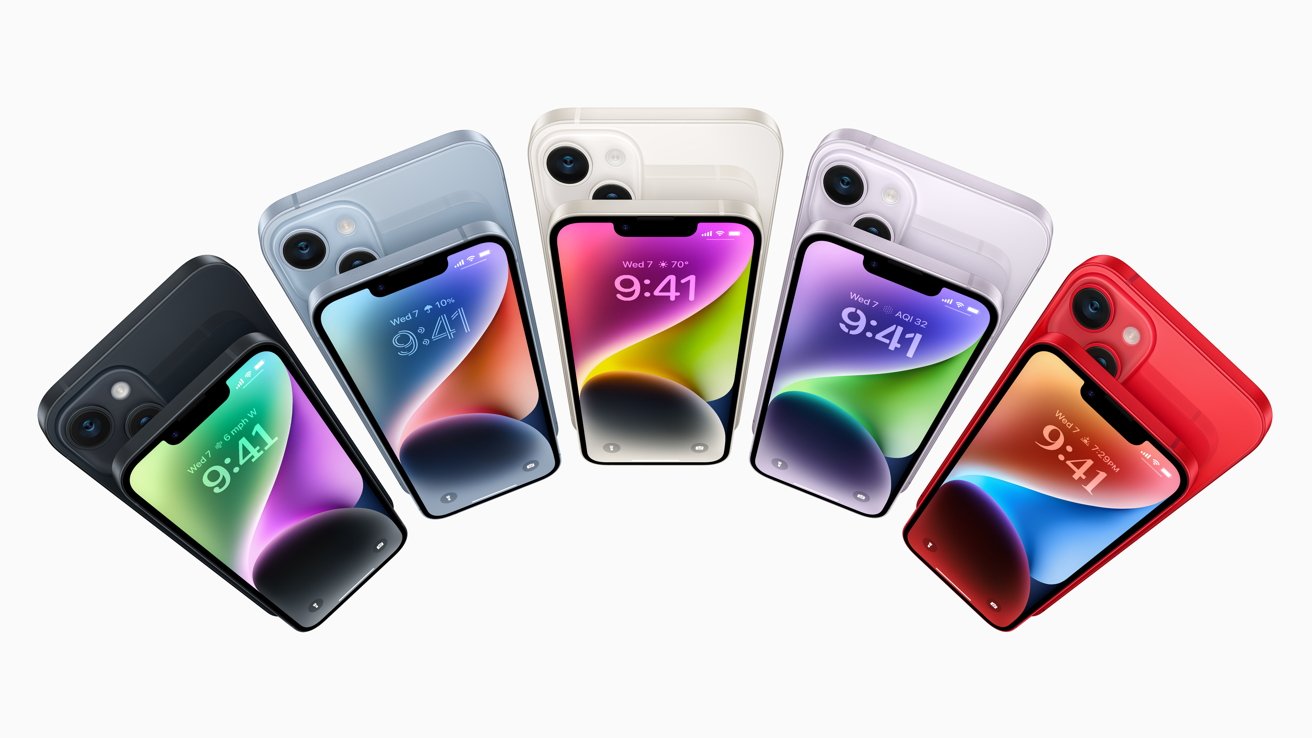


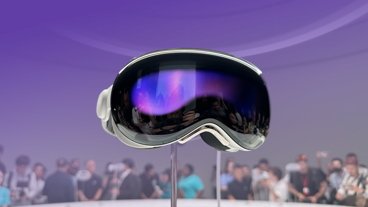

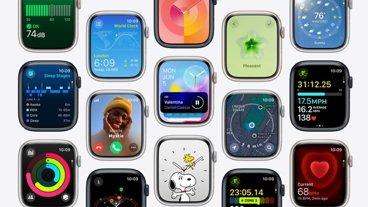

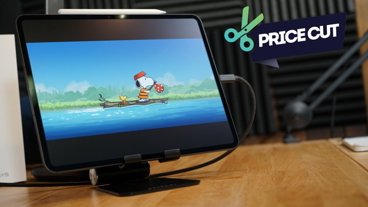
-m.jpg)





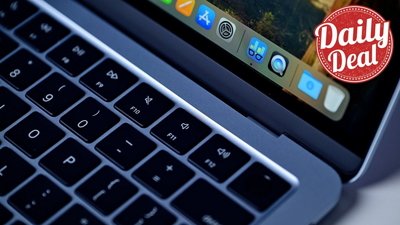
 Christine McKee
Christine McKee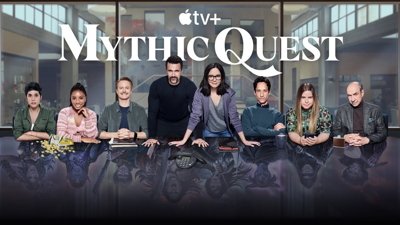
 Charles Martin
Charles Martin
 Mike Wuerthele
Mike Wuerthele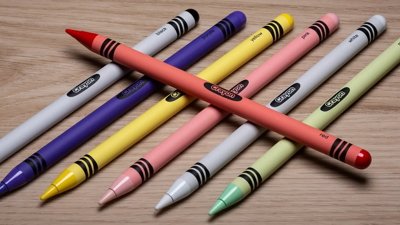
 Marko Zivkovic
Marko Zivkovic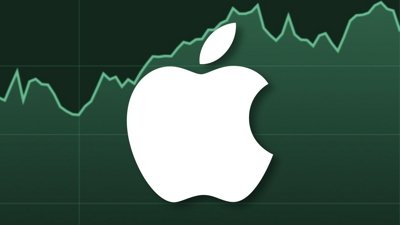
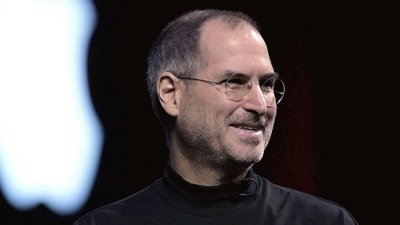
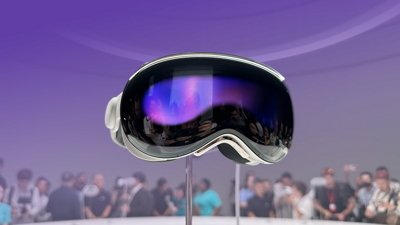

 William Gallagher
William Gallagher
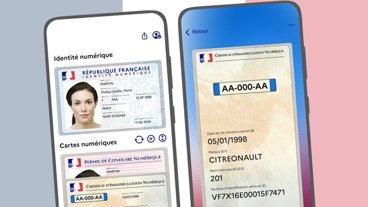
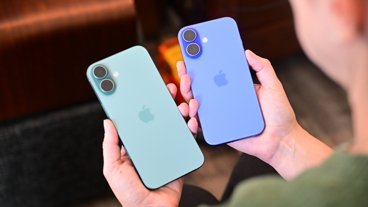
-m.jpg)






6 Comments
In previous models the distinction between’Max’ and ‘Plus’ was also the distinction between ’just bigger’ and ‘bigger with more features’.
Clearly and cleverly most important line in comparison omitted is NO PHYSICAL SIM TRAY for US customers in iPhone 14 line vs iPhone 13 line has it.
Well, I didn’t buy a 13 mini because I already have a 12 mini. If I broke it I can’t seem a compelling reason to go for anything but a 13 mini.
I hope in a year or two apple releases another mini.